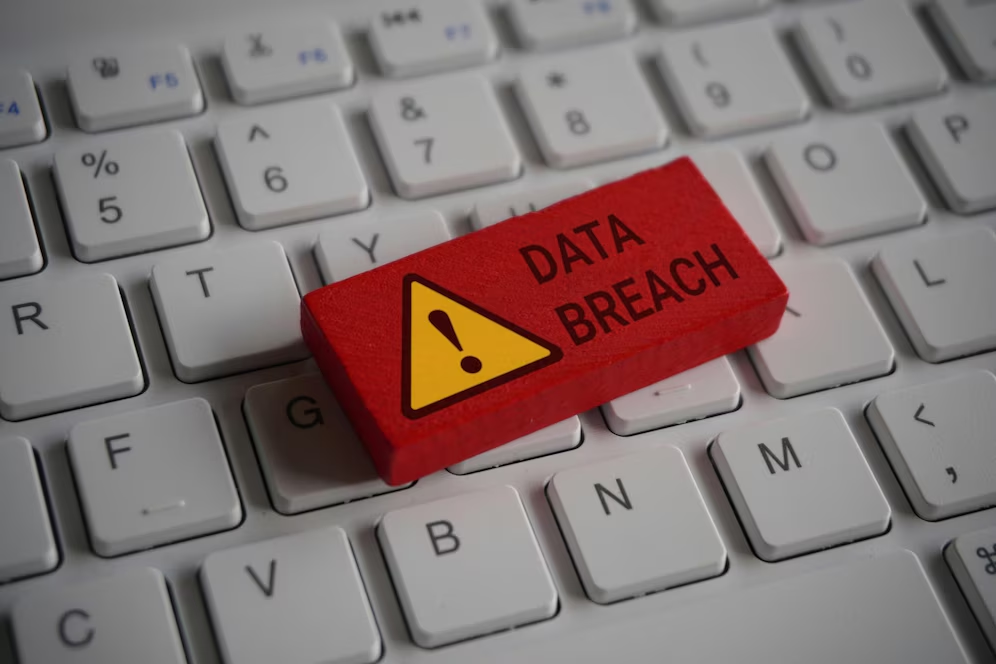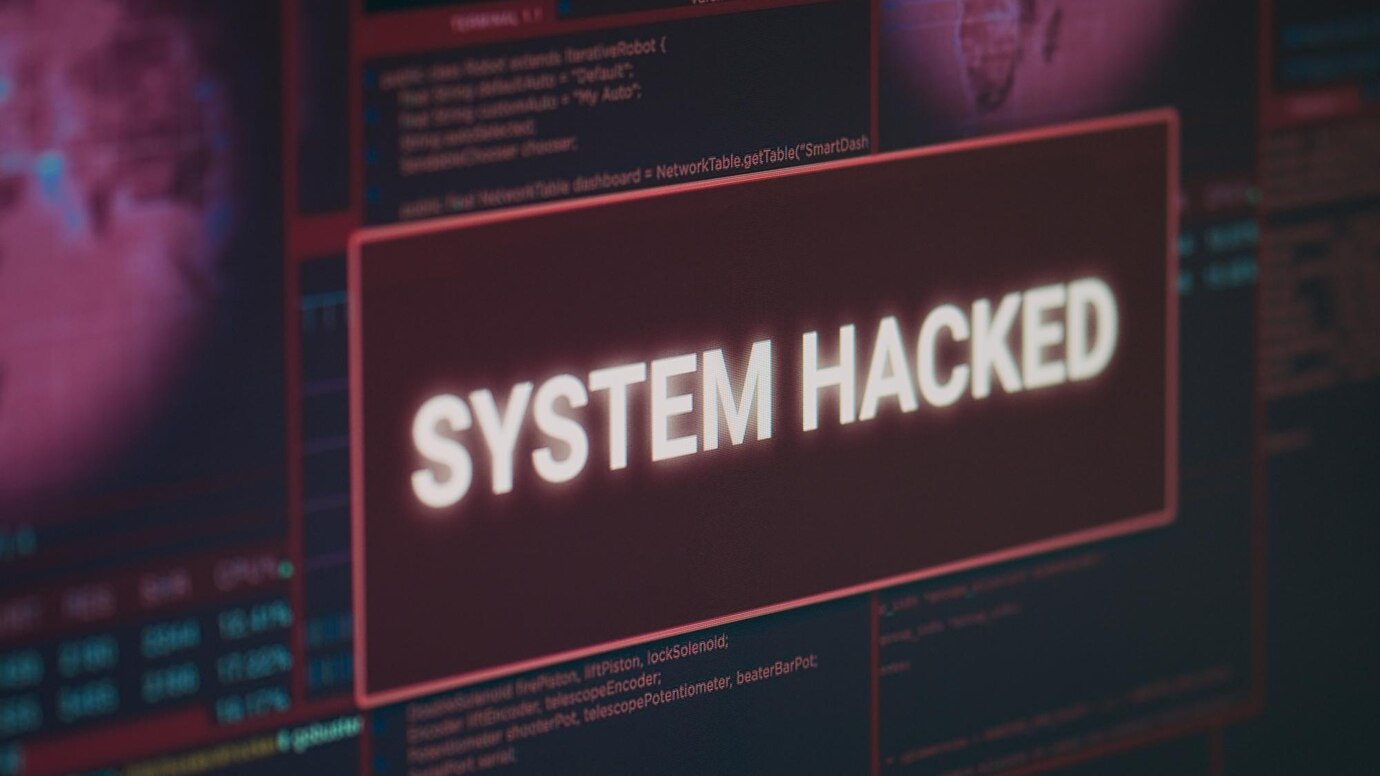What is cyber risk mitigation?
A cyberattack can happen to any organization. A single vulnerability or unpatched system can cause a significant loss and harm to an organization’s data, revenue, and reputation. Furthermore, even for the most secure firms, cybercriminals are using increasingly complex tactics that make it more difficult to detect their attacks. As a result, both the quantity…
Read morePOSTED BY
shripali
Network security:-Most important aspect of cyber security
Network security guards against invasions, breaches, and other dangers to your data and network. This is a broad word that encompasses both software and hardware solutions, as well as procedures, guidelines, and setups pertaining to network usage, accessibility, and general threat prevention. Benefits of Network security:- Network security is essential for safeguarding client data and…
Read morePOSTED BY
shripali
End to end information about Encryption
One method of data security is encryption, which transforms data into ciphertext. The original plaintext data can only be accessed by authorized individuals who possess the key to decipher the coding. To put it even more simply, encryption makes data unintelligible to unauthorized individuals. This helps deter fraudsters who could have gained access to a…
Read morePOSTED BY
shripali
Guidance to firewall security
Any organization must have a firewall as a network security mechanism. They can aid in defending your data from malevolent hackers and serve as a barrier between your internal network and the outside world. Nevertheless, firewall protection is only successful if you are aware of the advantages and disadvantages of firewalls. What is Firewall? A…
Read morePOSTED BY
shripali
All you need to know about IP Spoofing
A particular kind of cyberattack known as “spoofing” occurs when an individual tries to utilize a computer, device, or network to deceive other computer networks by posing as an authentic organization. It’s one of the techniques that hackers use to get into computers and start Denial-of-Service (DoS) assaults, convert them into zombies (computers taken over…
Read morePOSTED BY
shripali
Role of ethical hacking in the emerging trends of cyber threats
Cybersecurity is still a major concern for businesses all over the world in the constantly changing digital landscape. The techniques used by hackers to take advantage of vulnerabilities also evolve with technology. 2025 is not an outlier. Nowadays, new cyberthreats are increasingly intricate and challenging to address. Modern cybersecurity relies heavily on ethical hacking. It…
Read morePOSTED BY
shripali
Revolution of Biometrics witnessed in 2025
By 2025, the biometrics sector is expected to see substantial expansion and change as a result of India’s ongoing rapid technological improvement. India is at the forefront of biometric innovation, with a population of over 1.4 billion and an increasing focus on identity management and security. This article examines the major developments, trends, and shifts…
Read morePOSTED BY
shripali
Major data breach of UK’S Military base
The personal data of UK military personnel was compromised in a major data breach at the Ministry of Defence. The attack was directed at the MoD’s third-party payroll system, which contains the names and bank account information of both current and former military personnel. It’s also possible that a very tiny number of addresses were…
Read morePOSTED BY
shripali
The attack of Clop Ransomware on UK’s water supplier
The parent company of Cambridge Water and South Staffs Water, South Staffordshire PLC, has informed the public in a statement that it has been the target of a cyberattack. Across 1,500 square kilometres, South Staffordshire provides drinking water to about 1.3 million people and 35,000 commercial clients in the West Midlands, South Derbyshire, North Warwickshire,…
Read morePOSTED BY
shripali
DDOS attack at Parliament of Finland
It was only recently that the Finnish Parliament’s security staff learnt that it had been the target of a cyberattack in the autumn of 2020. Threat actors operating in other states are typically responsible for hacking into government institutions; this is particularly true when the penetration goes unnoticed and the hackers appear to be only…
Read morePOSTED BY

















